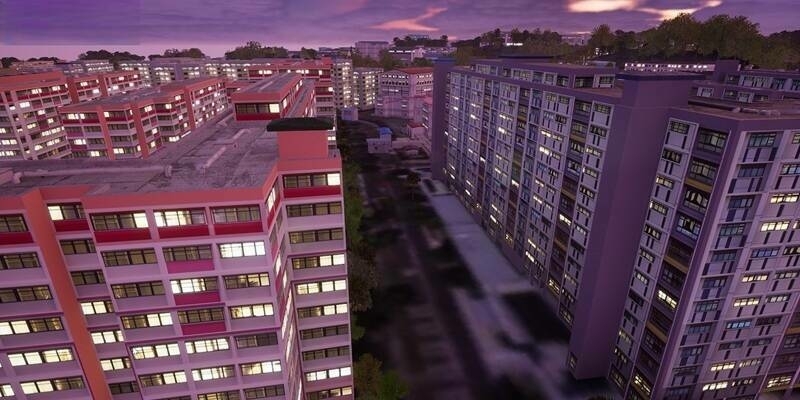Karlsruhe, Frankfurt/Main, September 27, 2018. Rents in cities are going through the roof and the influx of people to German metropolitan areas continues unabated. While urban space is becoming scarcer and scarcer and more and more valuable, the countryside bubble seems to have burst. In the German state of Saxony-Anhalt, for example, there are regions with 35 inhabitants per square kilometre, while Munich tops the list of urban centres with a population density of 4,600 inhabitants per square kilometre, explains Dr. Ekkehard Wallbaum, Chair of the Federal and State Working Group on Land Development. Currently, around half of Germany’s population lives in rural areas – spread across 90 percent of the country’s area.
Prof. Martina Klärle, Professor of Land Management at the Frankfurt am Main University of Applied Sciences and Chief Executive of the Hessische Landgesellschaft (HLG), feels that it will take a change in perception about the countryside to encourage more people to move to rural areas again. “All too often, the countryside is seen as a ‘patient in need of attention’, like a sickly child.” And yet, she continues, rural areas are the backbone of built-up areas, which is why discussion about land development must be on an equal footing. After all, rural areas are strong and have a lot to offer – affordable places to live for families with children, for example, areas of calm in our increasingly hectic world, workplaces and plenty of educational opportunities. As Klärle explains, the countryside also supplies services for cities in the form of renewable energies, water and food, and plays an active role in climate protection.
Nothing can happen without complete broadband coverage
If digitalisation is approached cleverly and systematically, Wallbaum and his scientific colleague Klärle – who herself is a staunch rural resident – both see it as the greatest opportunity for helping bring about the renaissance of the countryside. Achieving this, however, will require good and complete broadband coverage. Without it, digitalisation will pass rural areas by. Secondly, Klärle stresses, a change in mindset is also necessary. Work is still often tied to physical presence in a workplace, and that is simply no longer in keeping with the times. She also calls for a change in political thinking. “I find it shocking the way thinking is becoming increasingly centralistic. More and more federal and state activities are becoming city-based. This has to stop.”
Digitalisation makes life easier
According to Wallbaum, digitalisation means processes can be designed more efficiently in rural areas. He feels a good start would be for district authorities to use digital processes to optimise their public services, for example. Wallbaum tells of a mayor who equipped each of her district mayors, spread over 18 different districts, with tablet computers and networked them, saving a lot of travelling. He also cites local public transport concepts as a positive example. These have been created as part of the federal rural development programme and include bus trips on demand, organised using tools similar to Doodle. Wallbaum stresses that it is important to look around other parts of Europe for successful digitalisation projects.
Klärle also emphasises the importance of efficiency and offers proof in the form of the “Ein Plan für alle” (one plan for everyone) project, which covers all levels of administration. From nationwide regional planning and land-use planning to local urban planning, work is currently under way to bring everyone onto the same shared database and create automated processes using artificial intelligence methods. As a result, no matter what their scale, decisions are made on a subject-related basis. Fewer mistakes are made and the decisions are more democratic, according to Klärle, whether they are about designating industrial estates or objectively finding the most suitable locations for wind farms.
She adds that if it is implemented expediently, digitalisation can help achieve the land development goal of not permitting any more major differences between urban and rural areas. “We mustn’t leave any region behind,” says Wallbaum. Digitalisation will be the key driver for achieving this goal.
Land development is one of the focal points of the INTERGEO CONFERENCE and will be the subject of three consecutive panel discussions on Wednesday, 17 October 2018.
INTERGEO is the world’s largest trade fair for geodesy, geoinformation and land management and therefore provides a fantastic platform, forum and opportunity to network. The 2018 event will be held in Frankfurt am Main, Germany, from 16 to 18 October.
Tickets are available for purchase now from www.intergeo.de/tickets
Subscribe to our newsletter
Stay updated on the latest technology, innovation product arrivals and exciting offers to your inbox.
Newsletter

